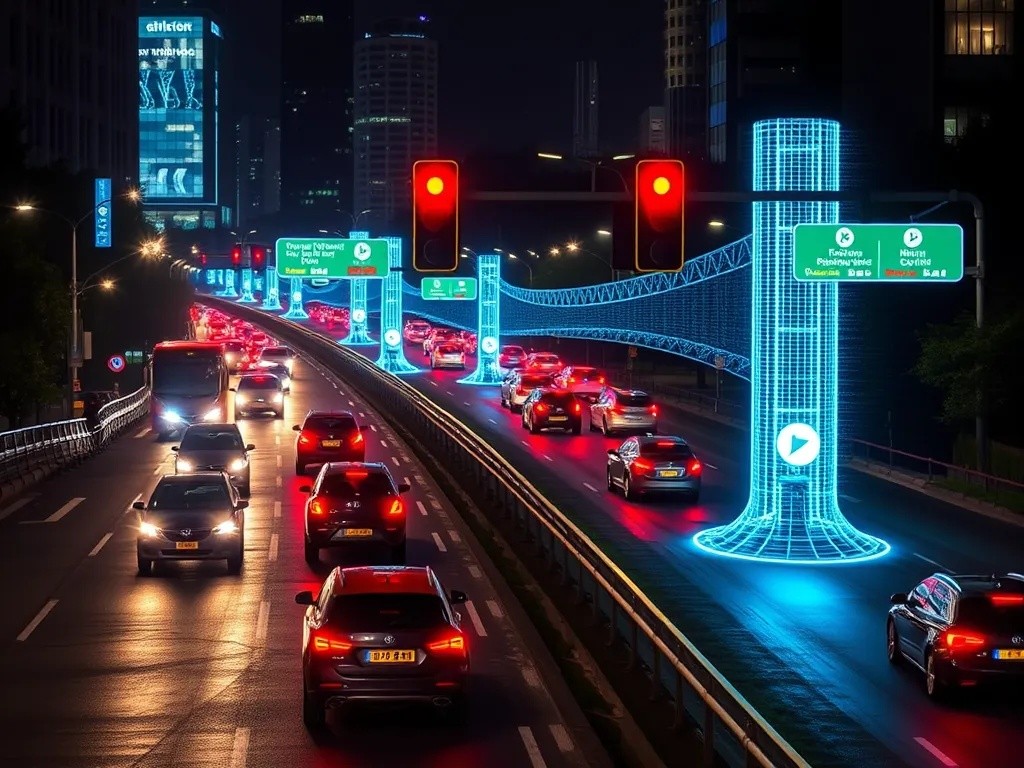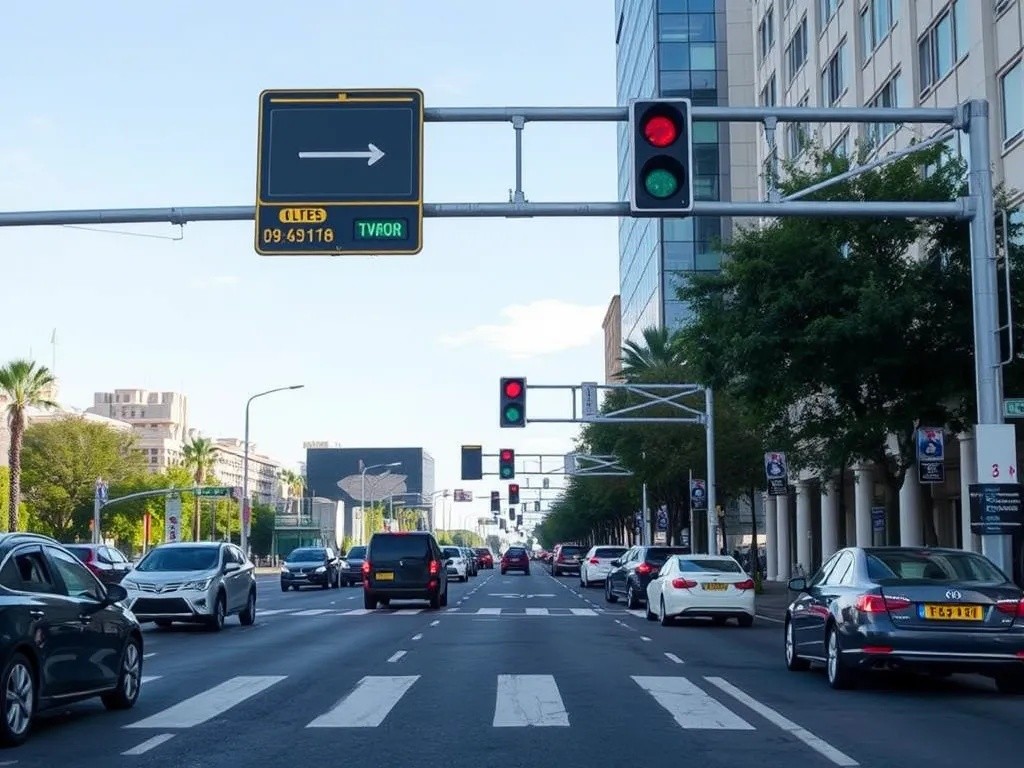In recent years, there has been a significant advancement in the field of Artificial Intelligence (AI) and Augmented Reality (AR). These technologies have become increasingly popular and have the potential to enhance virtual experiences in various fields such as gaming, education, healthcare, and...
Smart System Regulates Traffic by Itself and Traffic Jams Disappeared

The age-old problem of traffic congestion that has plagued urban centers worldwide is finally meeting its match. Revolutionary smart traffic management systems are transforming how cities handle vehicular flow, using artificial intelligence and real-time data processing to create seamless transportation networks where traffic jams are becoming a thing of the past.
The Technology Behind Smart Traffic Management
Modern smart traffic systems represent a convergence of multiple cutting-edge technologies working in perfect harmony. These sophisticated networks combine artificial intelligence, machine learning algorithms, Internet of Things (IoT) sensors, and advanced data analytics to create an autonomous traffic regulation ecosystem.
Core Components of Smart Systems
The foundation of these intelligent traffic networks consists of several critical elements:
- AI-powered traffic lights: Smart signals that adapt in real-time based on actual traffic conditions rather than predetermined timing sequences
- Sensor networks: Comprehensive arrays of cameras, radar systems, and inductive loops that monitor vehicle density, speed, and movement patterns
- Predictive analytics: Advanced algorithms that anticipate traffic patterns and proactively adjust system responses
- Connected vehicle integration: Direct communication channels with modern vehicles to optimize routing and timing
How Autonomous Traffic Regulation Works
Unlike traditional traffic management systems that operate on fixed schedules, smart systems continuously analyze real-time conditions and make instantaneous adjustments. The process begins with comprehensive data collection from multiple sources throughout the transportation network.
Real-Time Decision Making Process
The system's decision-making process operates through several sophisticated steps. First, sensors collect comprehensive data about current traffic conditions, including vehicle counts, speeds, and directional flow patterns. This information is then processed by machine learning algorithms that have been trained on historical traffic data and current patterns.
The AI system identifies potential congestion points before they develop into full traffic jams. By analyzing patterns such as increasing vehicle density at specific intersections or unusual slowdowns on particular routes, the system can predict where problems will emerge and take preventive action.

Measurable Results and Benefits
Cities that have implemented comprehensive smart traffic systems are reporting remarkable improvements in traffic flow and overall transportation efficiency. These benefits extend far beyond simple congestion reduction.
Quantified Improvements
Recent implementations have demonstrated impressive results:
- Traffic delays reduced by up to 40% during peak hours
- Fuel consumption decreased by 25% due to smoother traffic flow
- Emergency response times improved by 35%
- Carbon emissions reduced by approximately 20% in managed zones
Economic and Environmental Impact
The economic benefits of eliminating traffic jams extend throughout entire metropolitan areas. Businesses report increased productivity as employees spend less time commuting and arrive at work less stressed. Delivery companies experience significant cost savings through more predictable travel times and reduced fuel consumption.
Environmental benefits are equally impressive. Smoother traffic flow means vehicles spend less time idling in congestion, resulting in substantial reductions in harmful emissions and improved air quality in urban areas.
Future Developments and Expansion
The evolution of smart traffic management continues to accelerate as cities recognize the transformative potential of these systems. Integration with autonomous vehicles promises even greater optimization, as self-driving cars can communicate directly with traffic management systems to coordinate movements with unprecedented precision.
Next-Generation Features
Upcoming developments include enhanced predictive capabilities that can account for weather conditions, special events, and seasonal traffic variations. Integration with smart city infrastructure will enable coordination between traffic management, public transportation systems, and urban planning initiatives.
The dream of traffic jam-free cities is rapidly becoming reality as smart traffic management systems prove their effectiveness in urban environments worldwide. These autonomous systems represent not just technological advancement, but a fundamental shift toward more efficient, sustainable, and livable urban transportation networks.



